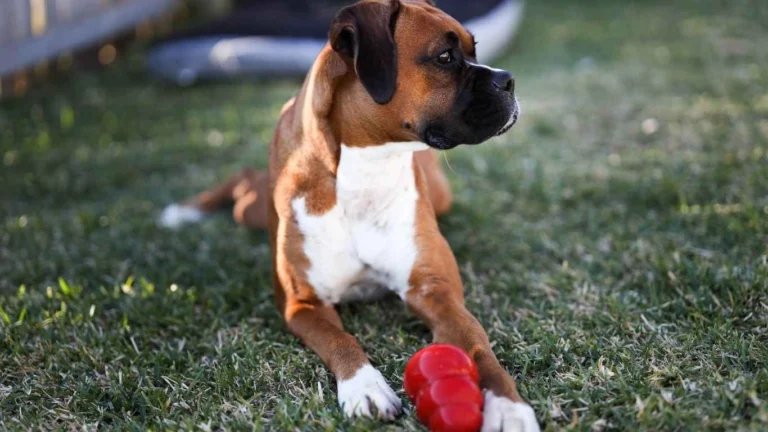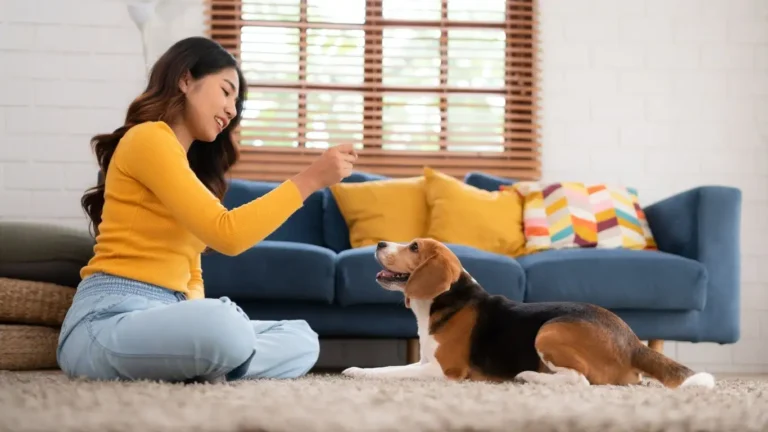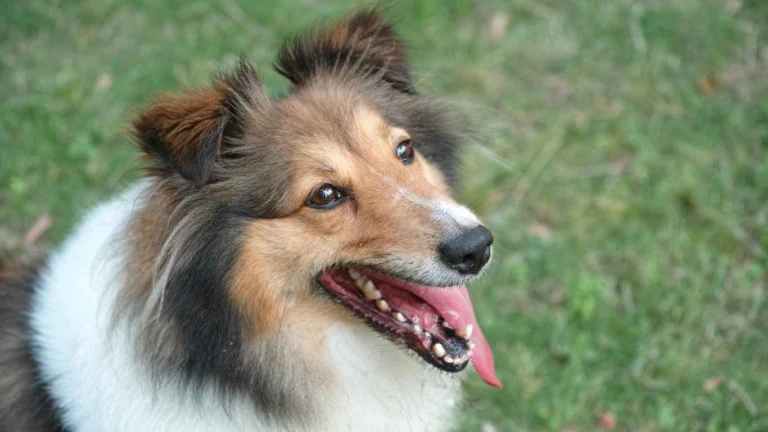Ultimate Guide to Dog Care: Tips for a Healthier and Happier Pup
Welcome to the Ultimate Guide to Dog Care: Tips for a Healthier and Happier Pup! As a Canine-Assisted Therapy Trainer, I’ve spent years working with dogs, and I know firsthand how much love, attention, and proper care our furry friends need. Whether you’re a seasoned pet owner or just starting your journey with a pup, this guide is here to help you create a thriving environment for your dog, ensuring they stay happy and healthy for years to come. We’re going to dive deep into the key aspects of dog care, from basic needs to advanced tips, so grab your coffee and let’s get started!
Understanding Your Dog’s Basic Needs
When you first bring a dog into your life, it’s easy to focus on the exciting aspects: playing fetch, cuddling on the couch, and going on walks. But there are some basic needs that every dog has, and meeting these needs is essential for their health and happiness. As a Canine-Assisted Therapy Trainer, I’ve learned that knowing and understanding these needs is the foundation of a strong and lasting bond with your pup.

Nutrition: The Fuel for a Happy, Healthy Dog
Just like us, dogs need a balanced diet to maintain energy levels, support growth, and stay healthy. It’s important to feed your dog food that is appropriate for their age, size, and breed. For example, puppies need more protein and fat to fuel their growth, while senior dogs may benefit from a diet that supports joint health and less calories.
- High-quality dog food: Look for foods with real meat as the first ingredient.
- Age-appropriate diet: Puppies, adults, and seniors have different nutritional needs.
- Stay hydrated: Always ensure your dog has access to fresh, clean water.
I always recommend consulting your vet to find the best food for your dog. After all, they’re the experts! The right diet can drastically improve your dog’s coat, energy levels, and overall health.
Exercise: Keeping Your Dog Active and Fit
Dogs, regardless of their breed, need regular exercise to stay fit and happy. Without it, they can become bored, anxious, or even destructive. Depending on your dog’s breed and size, their exercise needs may vary. But trust me, no dog is too old or too small to benefit from daily physical activity!
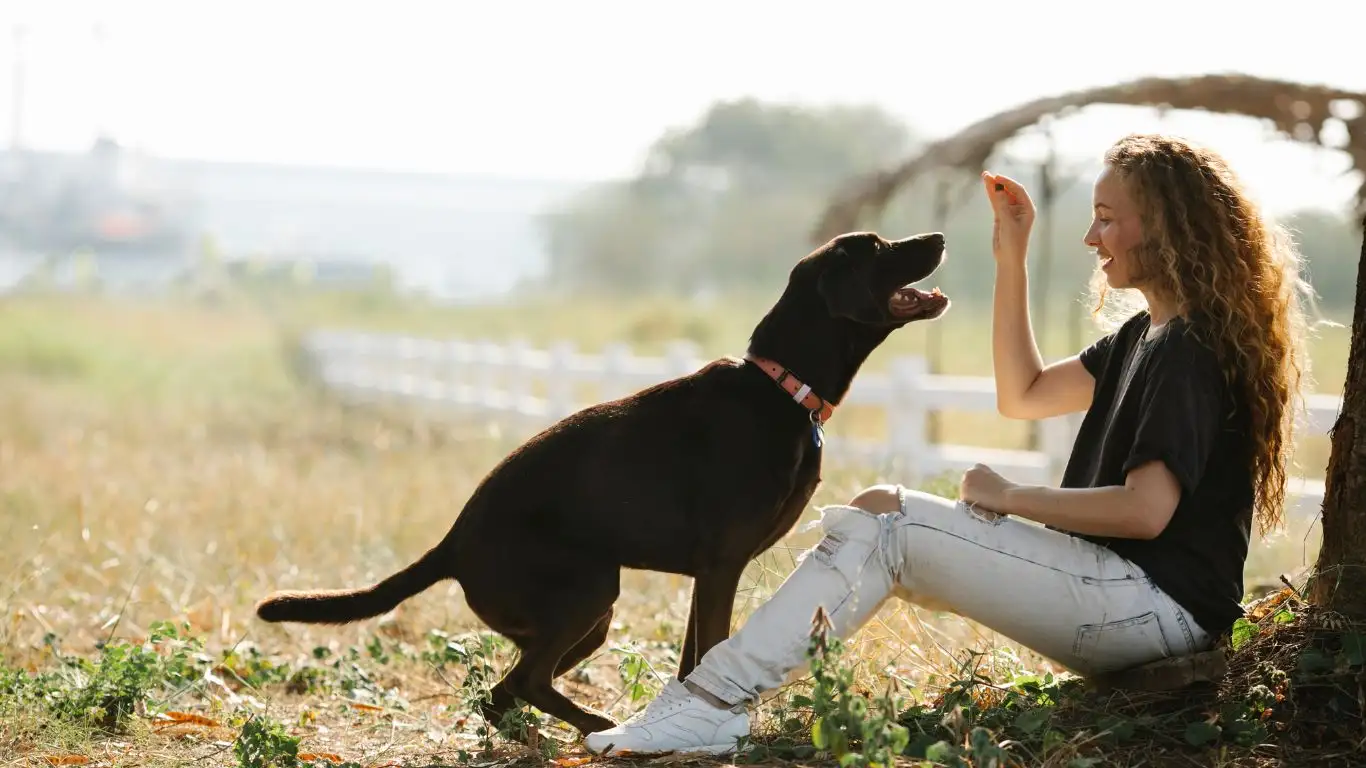
- Daily walks: Aim for at least 30 minutes to an hour of walking every day.
- Interactive play: Engage your dog with games like fetch or tug-of-war.
- Explore new places: Take your dog on adventures to new parks, trails, or dog-friendly spots.
Exercise doesn’t just keep your dog’s body healthy; it helps them mentally as well. A tired dog is a happy dog—and a dog that’s had their energy spent wisely will often be more relaxed at home.
Building a Strong Bond with Your Pup
One of the most rewarding parts of dog ownership is building a deep bond with your furry companion. As a Canine-Assisted Therapy Trainer, I’ve seen the incredible benefits of strong human-dog relationships in therapy settings. Dogs are incredibly intuitive and sensitive to human emotions, and when we nurture a healthy relationship with them, it improves their emotional well-being as well.
Training: Teaching Your Dog Good Behavior
Training your dog isn’t just about teaching them tricks or commands—it’s about building trust and clear communication. The key to successful dog training is positive reinforcement. Dogs respond much better to praise and rewards than to punishment, and training can be a fun and rewarding process for both you and your dog.
- Consistency is key: Stick to a routine when it comes to training sessions.
- Use treats or praise: Reward good behavior with treats, toys, or affection.
- Keep training sessions short: Dogs learn best in short bursts of activity, so keep sessions to 10-15 minutes.
Training isn’t just about teaching obedience. It’s a chance to deepen your connection with your dog, build their confidence, and provide structure in their lives. If you’re having trouble with training, consider seeking the help of a professional dog trainer who can guide you through the process.
Socialization: Introducing Your Dog to New Experiences
Socialization is another crucial aspect of your dog’s development. It helps your dog become well-adjusted, calm, and confident in various situations. Whether it’s meeting new people or other dogs, or experiencing new environments, socialization helps your dog learn how to behave in a variety of settings.
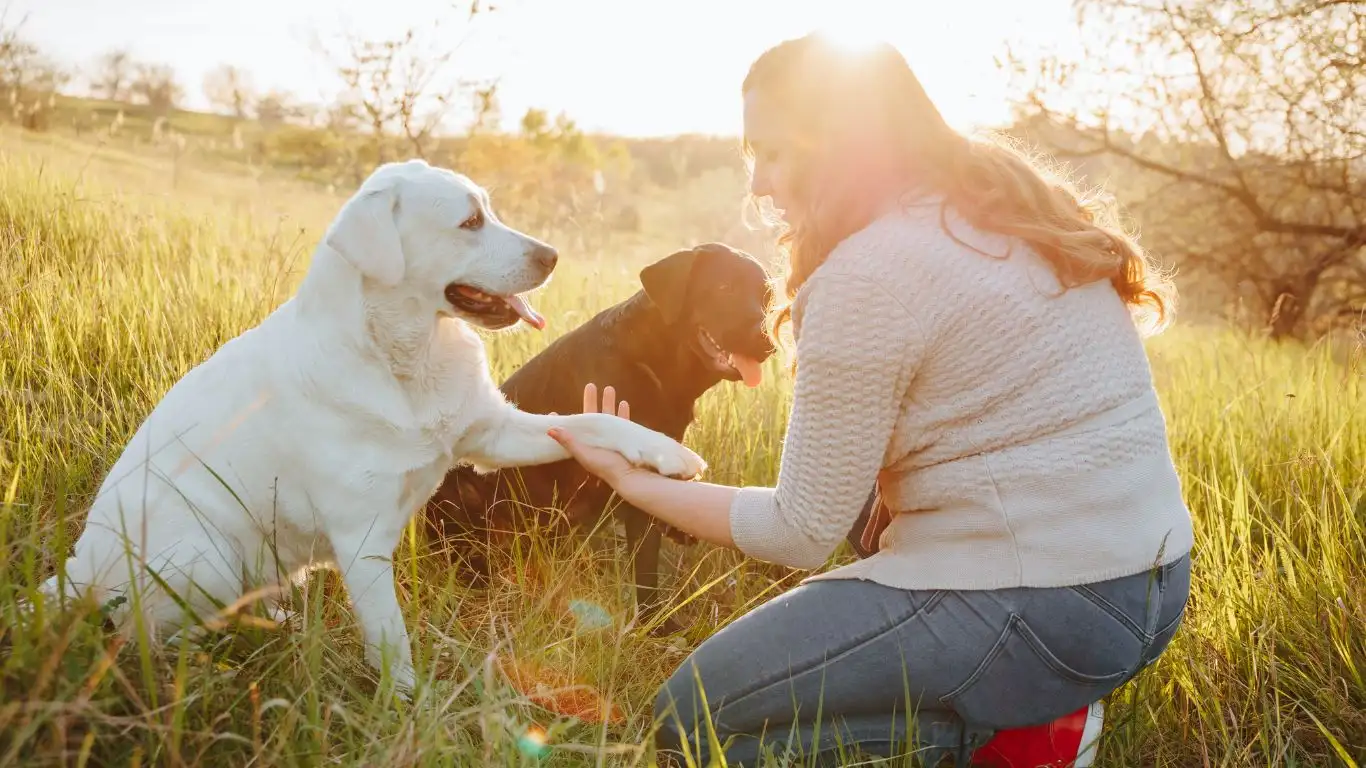
- Start early: The earlier you start socializing your dog, the better.
- Expose them to different environments: Take your dog on trips, to parks, and to various social events.
- Monitor interactions: Always keep a close eye on your dog when they meet new people or animals.
Socialization helps prevent behavioral issues, such as aggression or fearfulness, later in life. If your dog is already an adult, don’t worry—it’s never too late to start socializing. With patience and positive reinforcement, you can help your dog feel comfortable in new situations.
Health Care: Keeping Your Dog in Top Shape
Just like us, dogs need regular health check-ups to stay on top of their game. Routine vet visits, vaccinations, and preventative care can help catch issues early, which is so important when it comes to keeping your pup happy and healthy. I’ve worked with many dogs over the years, and I can tell you—prevention is the key. No one wants to see their dog sick, and fortunately, with a little diligence, many common problems can be avoided.
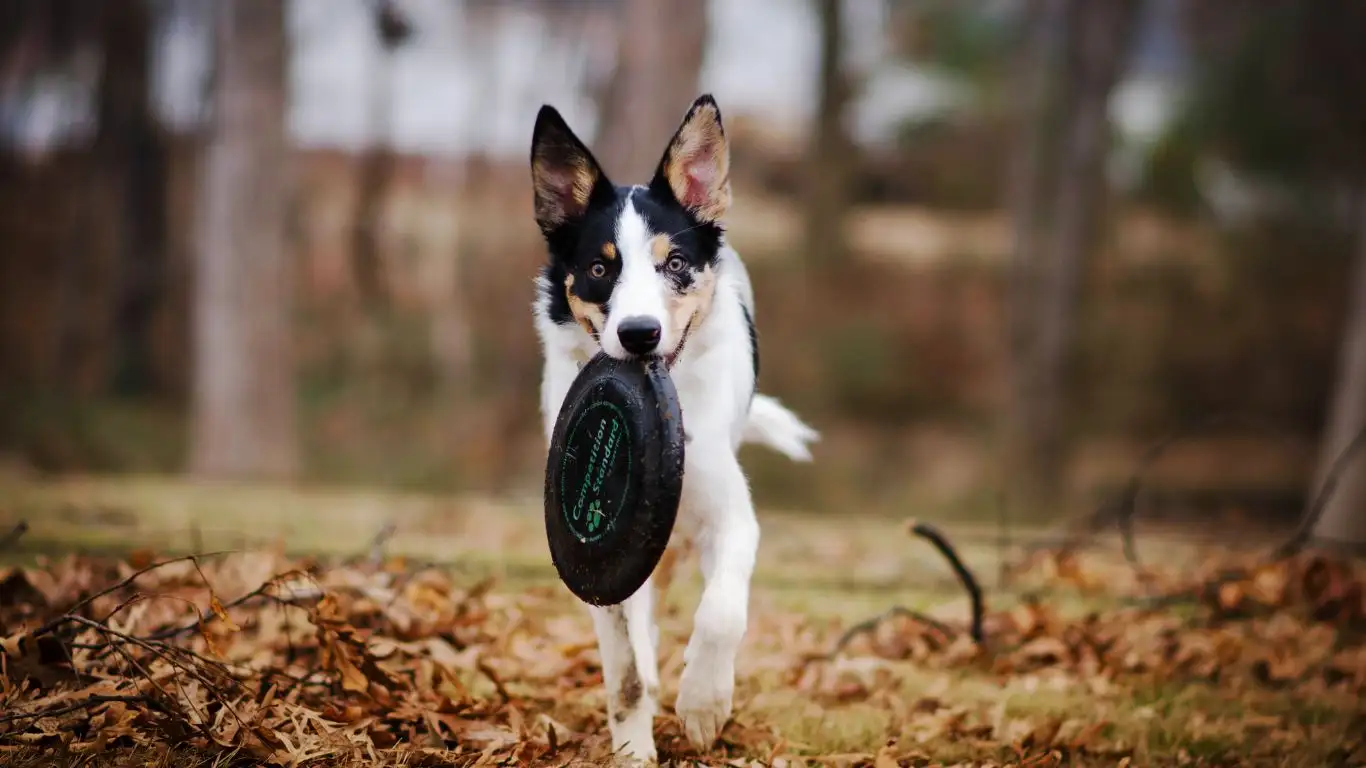
Regular Vet Check-Ups
Most dogs should see their vet at least once a year for a general health check-up. During these visits, the vet will examine your dog’s overall health, check their teeth and gums, listen to their heart and lungs, and possibly run blood tests or other diagnostics depending on the dog’s age or health status. These check-ups can help spot early signs of illness, even before symptoms show up at home. I’ve personally witnessed dogs that seemed perfectly fine at home but had underlying health issues that were caught during a routine visit.
- Annual visits: Even if your dog looks and feels fine, annual exams are a must.
- Vaccinations: Keep your dog up to date on vaccinations to protect them from serious diseases.
- Parasite prevention: Fleas, ticks, and worms can be more than just an inconvenience—they can harm your dog’s health.
Dental Health: Don’t Forget Those Pearly Whites!
Did you know that poor dental health is linked to a variety of health issues in dogs? From bad breath to more severe problems like gum disease or organ damage, keeping your dog’s teeth clean is just as important as any other aspect of their health. I’ve seen firsthand how regular brushing can make a world of difference in a dog’s overall well-being. It’s something that’s often overlooked, but trust me, your dog will thank you for it!
- Brush your dog’s teeth: Try to brush their teeth a few times a week with a toothbrush designed for dogs.
- Dental chews: These are great for maintaining oral health and satisfying your dog’s need to chew.
- Regular dental check-ups: Your vet can help keep your dog’s teeth in tip-top shape.
Grooming: Not Just About the Look
Grooming is about more than just keeping your dog looking their best—it’s an essential part of keeping them healthy. Regular grooming helps remove dirt, debris, and loose fur, and it’s also an excellent way to check for signs of skin problems or parasites. As a dog trainer, I can’t emphasize enough how important it is to establish a grooming routine early on, especially if you have a breed that sheds a lot or has longer hair that can mat.
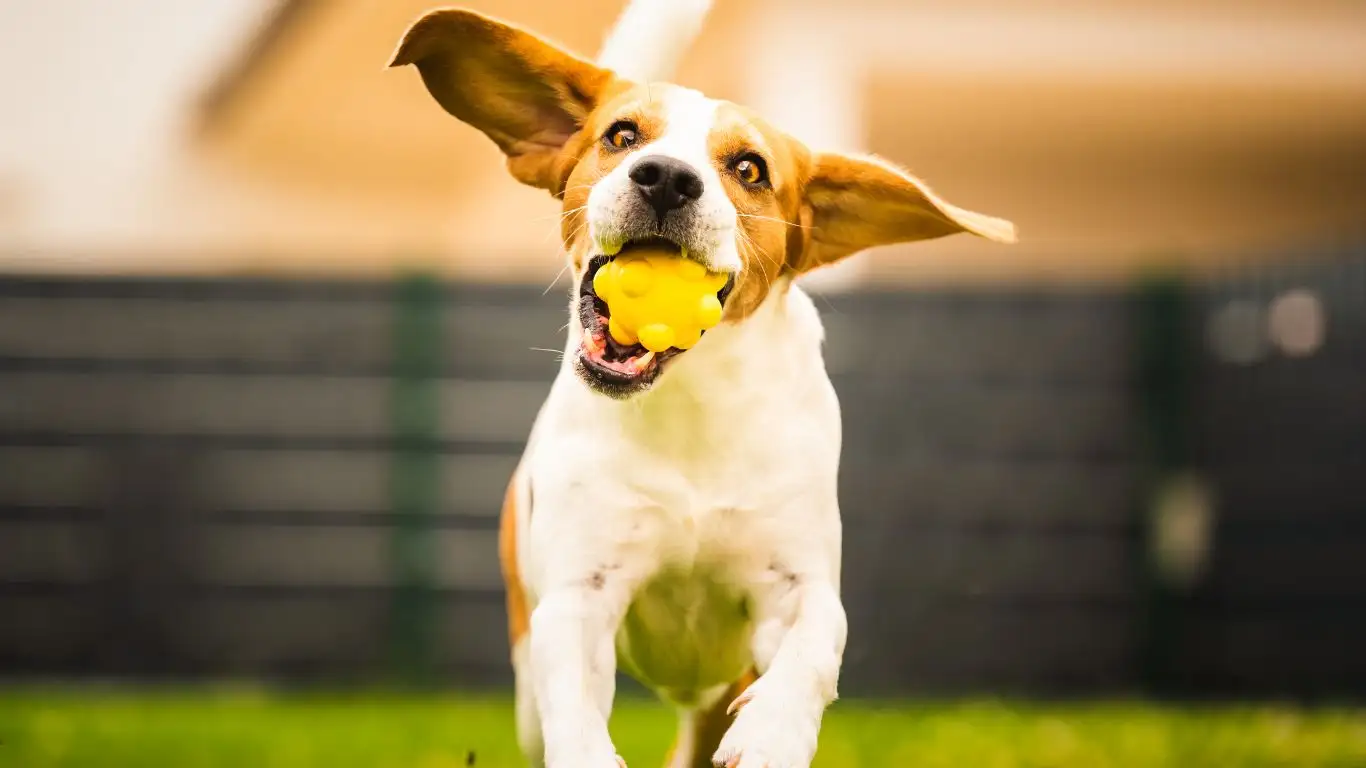
Bathing: Keeping Your Dog Clean and Comfortable
While it’s not necessary to bathe your dog every week, regular baths are crucial to maintaining healthy skin and a shiny coat. Just be sure to use a gentle, dog-specific shampoo to avoid irritating their skin. A good bath can also help wash away allergens and dirt, which can reduce itching and discomfort. I always recommend bathing your dog about once a month, but of course, it depends on their activity level and whether they get dirty more frequently (hello, mud puddles!).
- Choose the right shampoo: Make sure it’s formulated for dogs to avoid skin irritation.
- Brush before bathing: This helps remove loose hair and tangles.
- Dry your dog properly: Use a towel or blow-dryer (on a low setting) to ensure they stay warm and dry.
Regular Brushing: A Key to Healthy Skin and Coat
Brushing your dog’s coat regularly helps prevent matting, reduces shedding, and keeps their skin healthy by stimulating blood flow to the hair follicles. It’s also a great bonding activity. Depending on the breed, some dogs need more frequent brushing than others, but all dogs benefit from it. Plus, regular brushing gives you the chance to spot any skin issues, ticks, or fleas before they become serious problems.
- Short-haired dogs: Brushing once a week should be enough.
- Long-haired dogs: These dogs may need daily brushing to avoid mats and tangles.
- Use the right tools: Invest in good-quality brushes or combs for your dog’s coat type.
Creating a Safe and Stimulating Environment
Now that we’ve covered the basics, let’s talk about creating a healthy living space for your dog. Dogs need a safe environment where they can explore, exercise, and relax. This goes beyond just having a comfy bed and some toys. It’s about creating a space that enriches their lives, keeps them stimulated, and helps reduce anxiety. I’ve seen dogs thrive when they have a safe space that’s tailored to their needs. Here are a few tips for setting up the best environment for your dog!
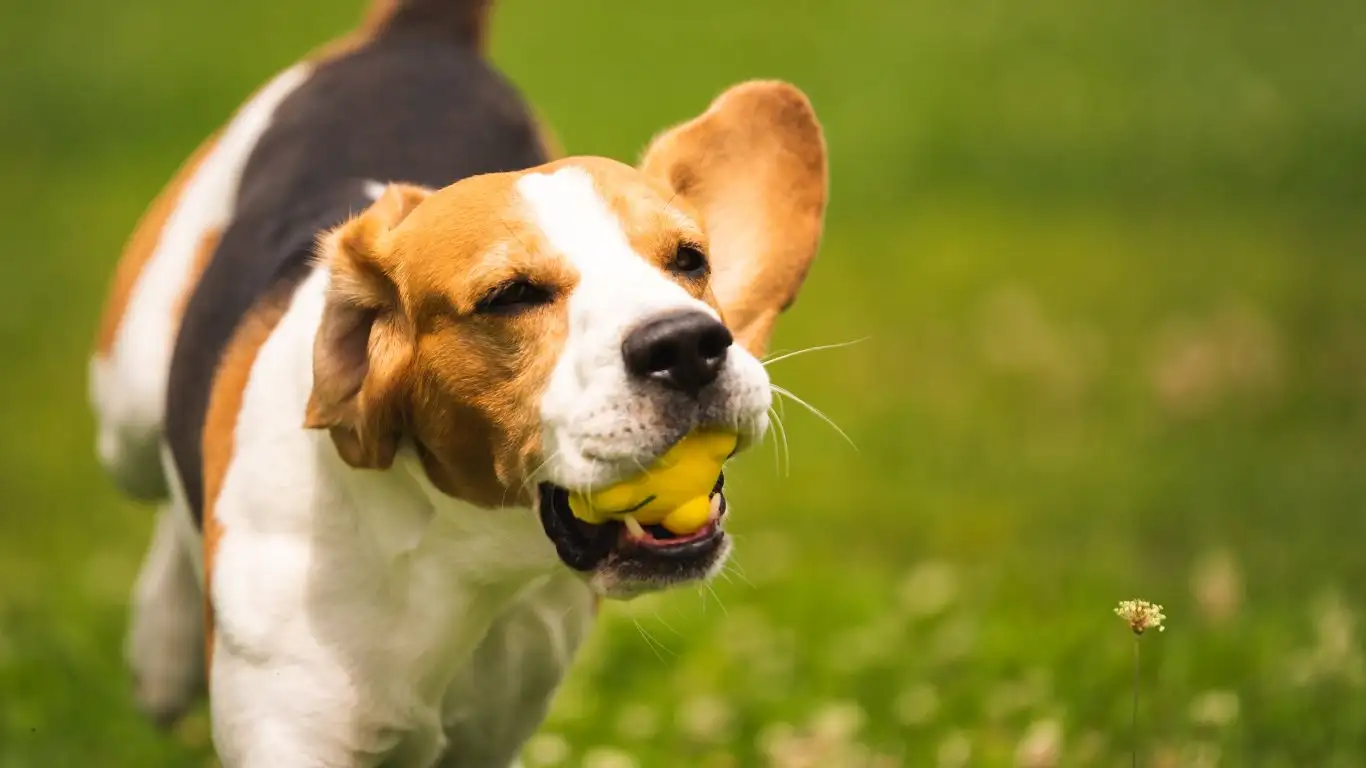
Safe and Secure Space
Your dog should have a dedicated area where they can rest, play, and feel secure. Whether it’s their crate, a specific room, or a cozy corner with their bed and toys, make sure it’s a place where your dog feels safe and comfortable. This can be especially important if you have a high-energy dog that needs a quiet place to unwind after a busy day.
- Crate training: Crates can provide your dog with a safe retreat, especially if they’re feeling overwhelmed.
- Comfortable bedding: A soft bed or blanket can make a world of difference in your dog’s comfort.
- Safe toys: Provide durable toys to prevent chewing on furniture or shoes.
Enrichment Activities
Just like humans, dogs need mental stimulation to stay happy and avoid boredom. Interactive toys, puzzle feeders, and regular training sessions can help keep their minds sharp. Enrichment activities also provide a healthy outlet for excess energy, which can help prevent behavioral problems like chewing or digging.
- Interactive toys: Toys that require problem-solving can help stimulate your dog’s mind.
- Puzzle feeders: These can slow down meal times and keep your dog engaged.
- Training sessions: Regular training is an excellent way to keep your dog’s brain active and strengthen your bond.
Providing enrichment activities doesn’t just improve your dog’s happiness—it also contributes to their overall health. A well-stimulated dog is a more relaxed, content dog.
Understanding Dog Behavior: Building a Deeper Connection
One of the most fascinating things about dogs is how they communicate. Unlike us, they can’t speak our language, but they sure know how to get their point across! As a Canine-Assisted Therapy Trainer, I’ve learned that understanding your dog’s body language, vocalizations, and behavioral cues is one of the best ways to strengthen your bond with them. It’s also essential to know how to address problematic behaviors early on before they become habits.
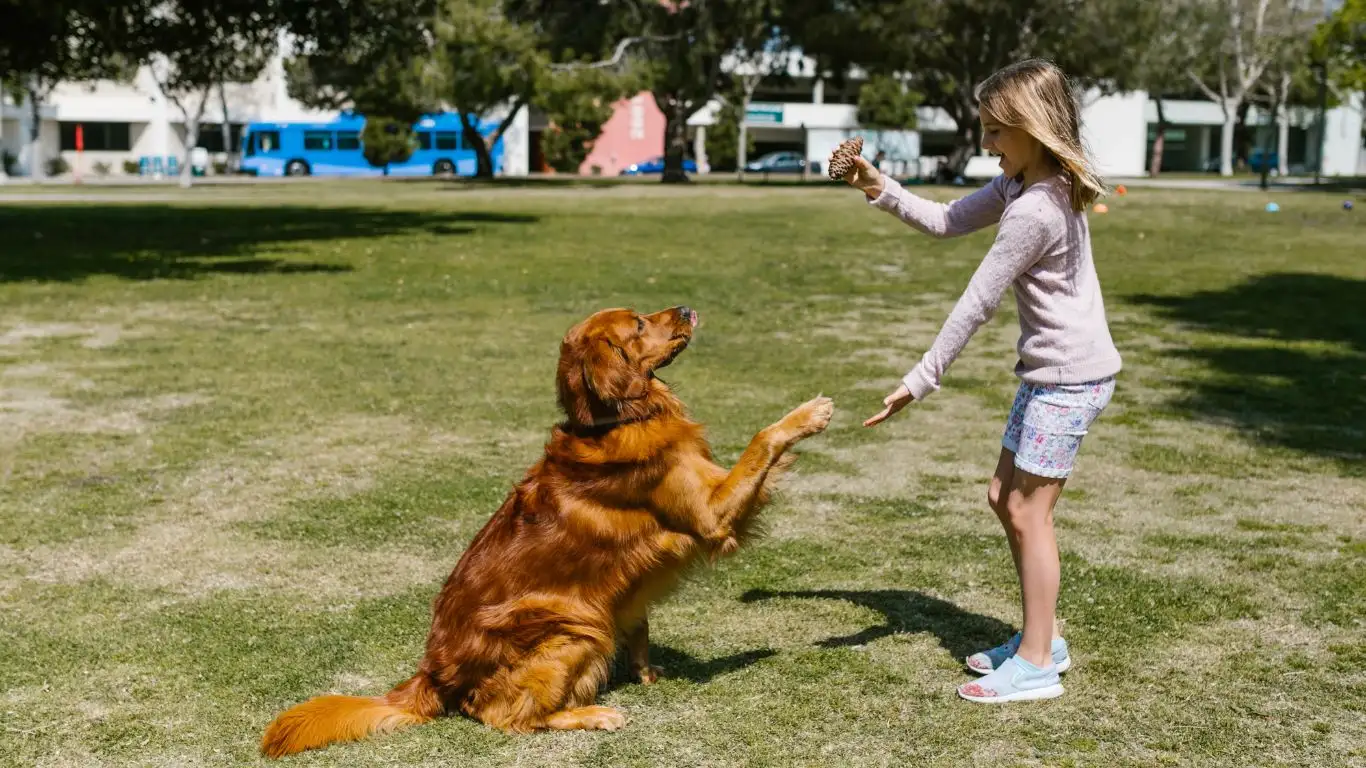
Decoding Your Dog’s Body Language
Dogs are experts at telling us what they need through their body language. Whether it’s a wagging tail, a raised paw, or a change in posture, paying attention to these subtle signals can help you better understand how your dog is feeling in any given moment. For example, when a dog tucks their tail between their legs, it often signals fear or discomfort. On the other hand, a dog who’s standing tall with their tail raised and ears forward is likely feeling confident and alert.
- Relaxed posture: A dog with a relaxed body and wagging tail is usually content.
- Avoiding eye contact: If your dog turns their head away or avoids eye contact, they may be feeling anxious or stressed.
- Stiff body language: This can be a sign of aggression, nervousness, or a strong desire to protect.
By paying attention to these cues, you can respond to your dog’s needs in a more effective and empathetic way. Over time, you’ll be able to anticipate their moods and adjust your actions to maintain harmony in your relationship.
Common Behavioral Issues and How to Address Them
Every dog has their own quirks, but some behaviors are more common than others. Whether it’s excessive barking, jumping on guests, or destructive chewing, these behaviors can be addressed with patience, consistency, and positive reinforcement. Early intervention is key to preventing these issues from becoming habits that are harder to break down the road.
- Excessive barking: This can be caused by anxiety, boredom, or a lack of stimulation. Try providing more enrichment, regular exercise, and some calm training.
- Jumping on people: Jumping is often an attention-seeking behavior. Teach your dog to greet people calmly using positive reinforcement techniques.
- Chewing: This is a natural dog behavior, but destructive chewing can become a problem if left unchecked. Provide chew toys and crate training as a solution.
If you notice persistent behavioral issues, don’t hesitate to consult with a professional trainer who can offer tailored advice and techniques. Every dog is different, and sometimes a personalized approach is exactly what you need to create lasting positive change.
Senior Dog Care: Adapting to Their Changing Needs
As your dog ages, their care requirements change. Just like us, older dogs experience shifts in their physical abilities and mental sharpness, so it’s important to adjust your routine to keep them comfortable and happy in their golden years. Over the years, I’ve seen many older dogs thrive with just a few small changes to their care routine.
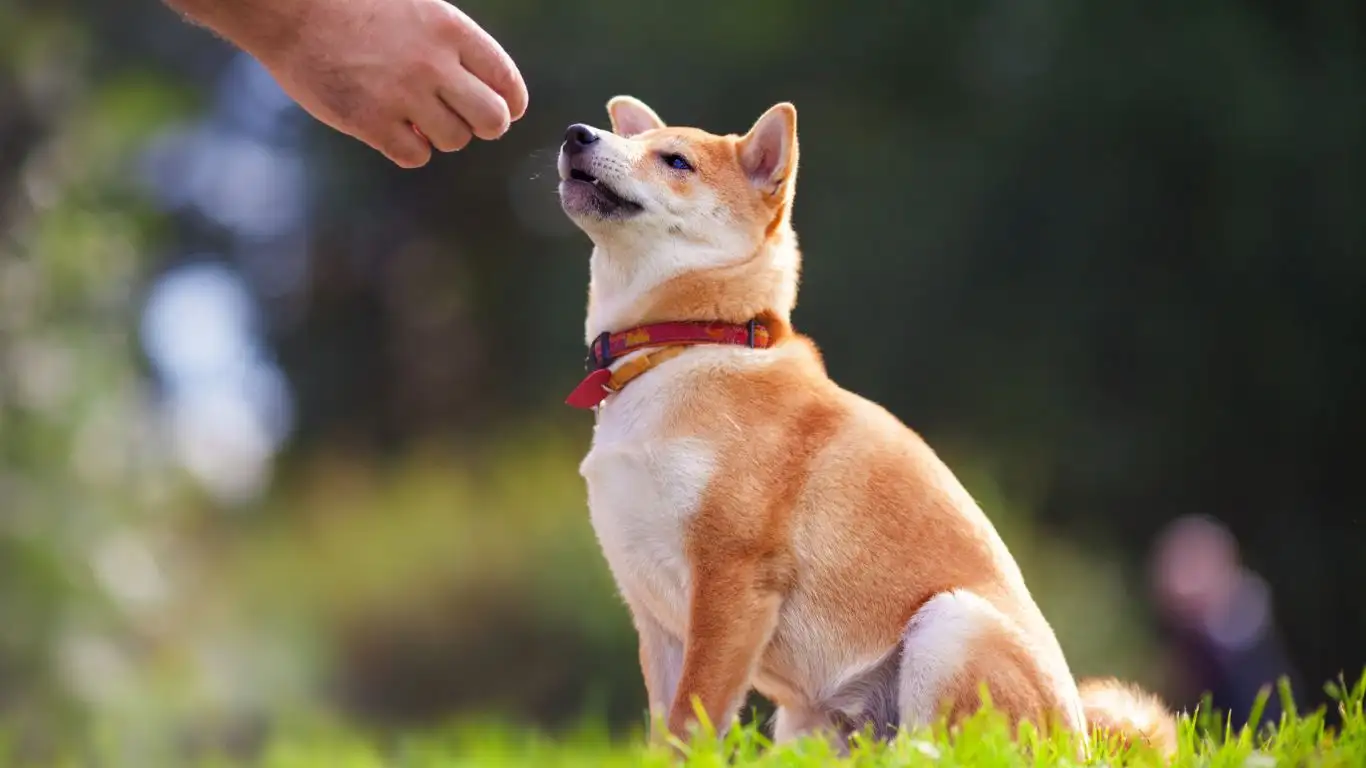
Health Considerations for Senior Dogs
As your dog gets older, they may start showing signs of arthritis, vision or hearing loss, and even cognitive dysfunction. Regular vet visits are even more crucial at this stage. Your vet can help monitor your dog’s health, adjust their diet, and recommend supplements for joint health or other age-related issues. I’ve had clients whose dogs have been given joint supplements that allowed them to move more freely, even in their senior years.
- Joint care: Consider adding joint supplements or switching to a senior-friendly dog food formula.
- Vision and hearing: Keep an eye out for signs of blindness or deafness, like bumping into things or not responding to commands.
- Cognitive function: Older dogs can experience cognitive dysfunction, so it’s important to engage their minds with gentle puzzles and low-stress activities.
Adjusting Their Exercise Routine
While older dogs still need exercise, you’ll want to adjust their routine to match their energy levels. Long walks might be too much, but shorter, more frequent walks or gentle play sessions can keep them active without putting too much strain on their joints. If you notice your senior dog slowing down, it’s okay to scale back—but don’t stop entirely! Just like us, older dogs need regular physical activity to maintain muscle tone and prevent obesity.
Grooming and Comfort for Senior Dogs
Senior dogs often have more sensitive skin, so grooming should be a gentle and comforting experience. Their coat may also become thinner, which could lead to a more noticeable decrease in body temperature. Providing extra warmth with soft bedding or even dog sweaters during colder months can help keep your senior dog cozy and comfortable.
- Gentle grooming: Use softer brushes and be gentle with your dog’s skin, especially if they have any lumps or bumps.
- Comfortable bedding: A soft, orthopedic bed can help provide the support your senior dog’s joints need.
- Extra warmth: Older dogs may have difficulty regulating their body temperature, so keep them warm during colder months.
References
For more information on dog care, check out these helpful resources:
Disclaimer
The content provided in this guide is for informational purposes only and should not be considered medical advice. Always consult with a qualified veterinarian or professional dog trainer for specific concerns regarding your dog’s health, behavior, or training needs. Every dog is unique, and what works for one may not work for another. Use your judgment and resources to provide the best care for your dog!



